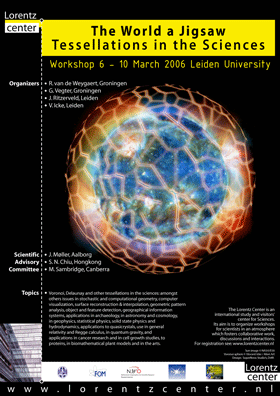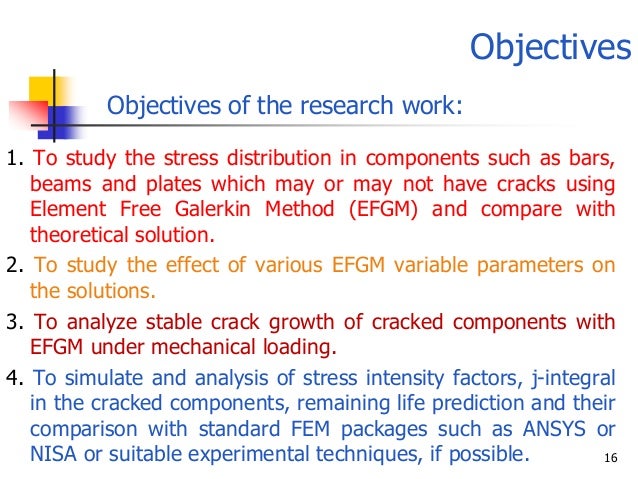


The second method uses a regularization technique to transform inhomogeneous interface or boundary conditions to homogeneous ones with an additional continuous volume contribution. We propose and compare two methods: The first one is based on an immersed interface approach, where interfaces are determined implicitly using a simplified phase-field equation. The method is based on a domain-decomposition approach with suitable interface and boundary conditions between regions of different diffusivities, and on using discretization-corrected particle strength exchange operators. We present a meshless particle method for Poisson and diffusion problems on domains with discontinuous coefficients and possibly inhomogeneous boundary conditions. The mesh-based and meshless FSI simulations are able to predict the experimentally determined tip displacement within an accuracy of 13% for 5 out of 6 simulations.

Leading edge vortices are a major damping contributor and are found to mainly depend on the blade’s effective angle of attack. The observed flow effects include the formation and shedding of leading edge vortices, downwash, tip vortices and the added mass effect.

This paper shows that both numerical models are suitable for modelling the aerodynamic damping of an axial fan used in an air cooled condenser fan unit. Experimental results from a separate investigation are used to validate the two numerical models. The meshless FSI simulation is performed by coupling the Finite Pointset Method (FPM) with a simplified 1D beam model. Both a mesh-based and meshless numerical model are used to perform the FSI simulation and are compared according to their accuracy, robustness and computational cost. An investigation is performed to determine the dynamic flow phenomena that dampen a fan blade’s oscillation amplitude using numerical fluid structure interaction (FSI) simulations.


 0 kommentar(er)
0 kommentar(er)
